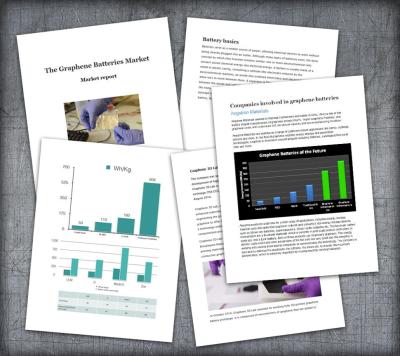G6 Materials announces license agreement for graphene coatings technology
G6 Materials, a high-tech company with expertise in advanced materials and developing innovative composites for a wide range of industrial uses, has recently entered into an agreement to acquire a license from Graphene Corp. regarding intellectual property rights associated with graphene coatings technology.
The License encompasses a suite of proprietary technologies, patents, and trade secrets that will enable the Company to enhance its product offerings, drive innovation, and meet the evolving needs of its customers. The acquisition of this License aligns seamlessly with G6's vision to deliver advanced solutions that push the limits of performance, sustainability and offers innovative solutions across diverse industries. The license for this technology is for a period of up to February 1, 2026, and is non-exclusive, non-sublicensable and non-transferable.





